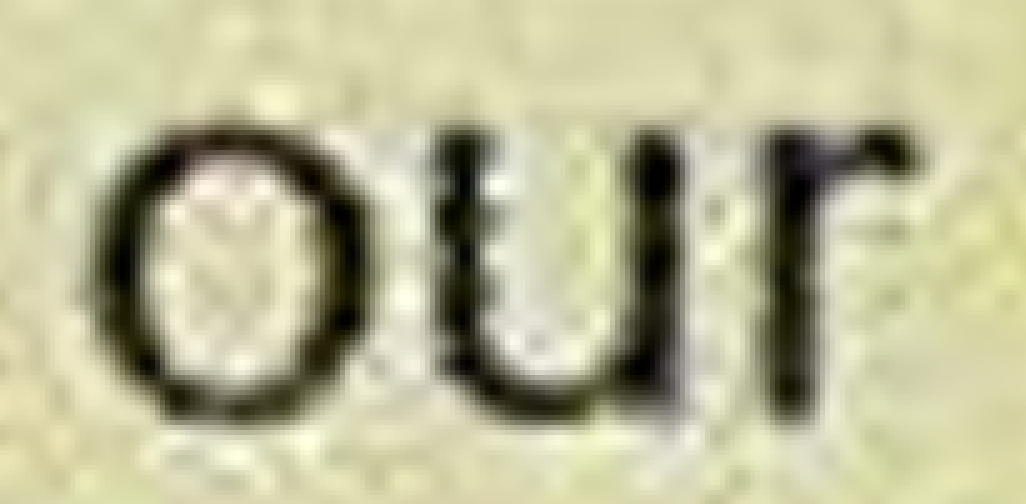In the past, I often used to spend the waiting time at Earlsfield Station at night inspecting posters at close quarters, finding the way that the dots were arranged fascinating. I don't remember anything much of those arrangements from that time, but I was moved last week to spend the waiting time at Epsom Station inspecting the posters there. Perhaps prompted by the Harald Küppers book about colour (see 7th February).
First we had the small posters, maybe 24 by 36 inches portrait, used by Southwest Trains and Network Rail. These appeared, to the naked eye anyway, to be printed in block colour, the sort of colour you would get by printing from a woodblock, but presumably actually printed by some sort of lithographic process. But how does one get from the pixels of the computer on which the image was first assembled to a lithographic plate with its block colour? There must be some kind of smoothing process going on.
Then we had the large posters which had various forms of dot colour. Going up from the small large posters to the large large posters, we had first flecks of colour, all, I think, with the same diagonal (southwest to northeast) orientation and maybe a millimeter long. Second came the dots of colour of various sizes and hues arranged in small hexagonal arrays, third came the dots of colour in large hexagonal arrays. With all of them appearing as continuous colour when seen from a meter or so away. For once in a while I could have done with one of the pocket microscopes last thought of on 20th February.
Back home, as an alternative, I thought to try scanning a very small poster, that for TB (see 7th March), and then blowing up a bit of the image using zoom in Paint and Word, but the interaction of the various printing and display technologies involved made the result shown above quite unhelpful.
I then thought that I could do with refining my understanding of the word 'pixel' to find plenty of accessible material in Wikipedia, but material which is far too voluminous to get to grips with. Not a good use of quality time. Along the way I also find that the business of poster sizes is also a lot more complicated than I had realised and that the standard of online translation (which looks to have been offered by Google's Chrome) of internet pages in foreign languages is not very good, at least not yet, not on my computer. Try the translation of the Wikipedia entry for Harald Küppers and see for yourself.

No comments:
Post a Comment